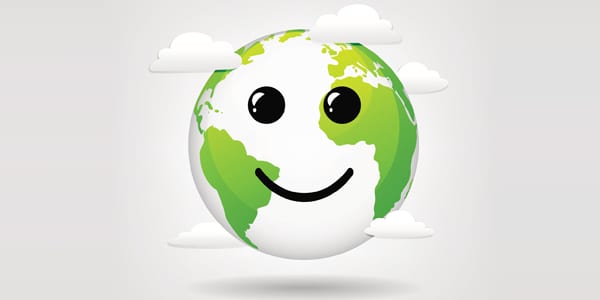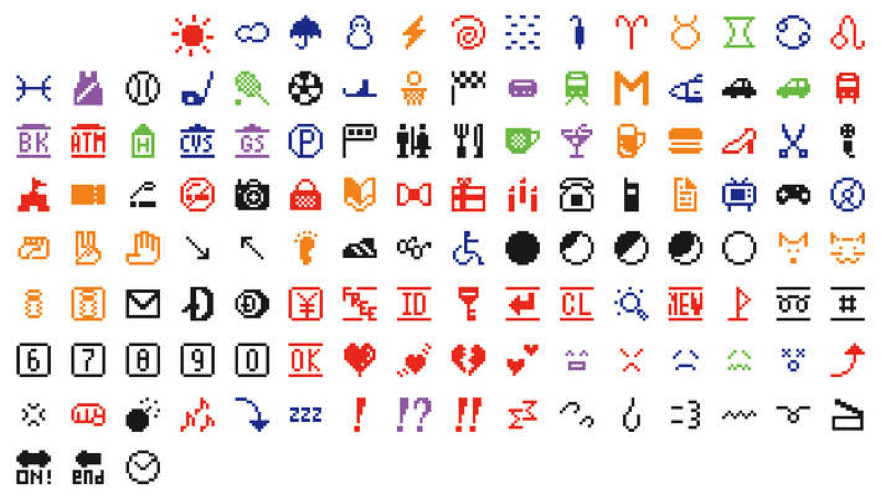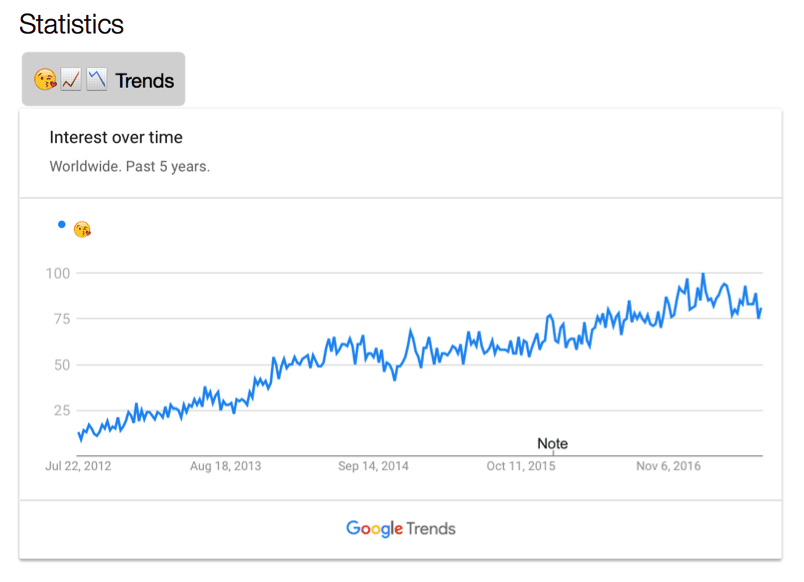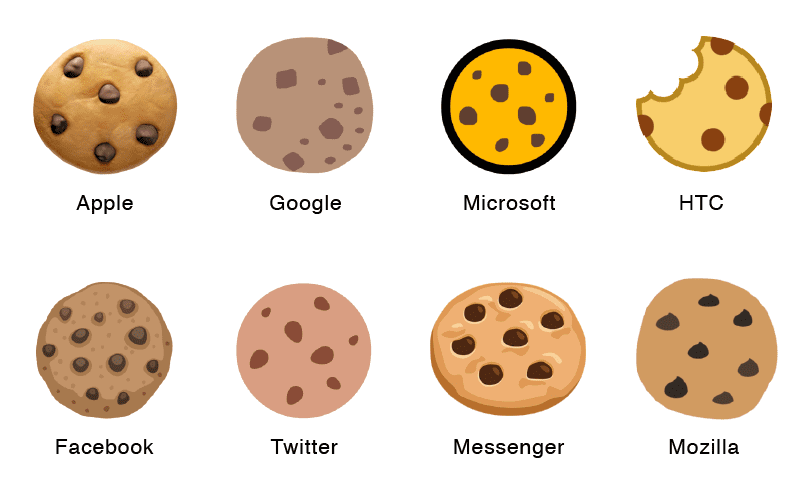 Emojis, the modern day equivalent of hieroglyphics, have permeated every corner of our world and completely transformed how we communicate. In fact, 90% of the global community is using emoji and more than six billion emoji are sent each day.1 As we celebrate World Emoji Day, here are 10 insights, tips and trends to consider as you use emojis for everything from day-to-day communications to large-scale business campaigns.
Emojis, the modern day equivalent of hieroglyphics, have permeated every corner of our world and completely transformed how we communicate. In fact, 90% of the global community is using emoji and more than six billion emoji are sent each day.1 As we celebrate World Emoji Day, here are 10 insights, tips and trends to consider as you use emojis for everything from day-to-day communications to large-scale business campaigns.
1. Emoji Lexicon
“Emoji” is rooted in the Japanese language. It’s taken from the Japanese words “e” (“picture”) and “moji” (“character”).2 The designs we love also originate from Japan.
2. Emojis are Avant-Garde
The emojis we see today are born from the designs by Shigetaka Kurita in 1999 for Nippon Telegraph and Telephone. Ingeniously, they were created to help with communication at a time when cellphone screens were much smaller. In 2016, The Museum of Modern Art added these to its collection given their global cultural appeal.3

3. Emoji Search
We’re no longer limited to searching by words. On Google, Bing and Yahoo, you can also search by emoji. So consider that emojis in your content and metadata can affect your search engine optimization. On Yelp, you can enter in the pizza emoji and find the best slices in your area. Kayak lets users search for select cities using emojis like the Statue of Liberty for New York City or the sushi emoji for Tokyo. Recently, Twitter rolled out the ability to search for tweets containing emojis, which provides entertaining insights on what’s being said.
4. Emoji Tweets
Given the text limits of Twitter, it’s no surprise that emojis help convey a thought and save on your character counts. You can see in real-time how many emojis are being used thanks to the Emojitracker. Additionally, they are ordered by popularity. It’s a great sentiment dashboard that’s both insightful and entertaining. As I write this, there are 1,760,364,533 appearances of tears of joy.
5. Emoji Engagement
Emojis in social posts increase engagement: Twitter (25.4%)4, Instagram (17%)5, and Facebook (33%)6. And brands are catching on to this trend. Brands use of emojis on Twitter has increased 461%7.
6. Emoji Trends
Emojipedia now offers an analytics tool to measure the popularity of emojis. Sourced from 5+ years of Google Trends data, it reflects how many people have searched for a specific emoji using Google. To see this in action, click here and scroll down to Trends to see the real-time data. Love, thankfully, seems to be growing year by year.

7. Emoticons vs. Emojis. What’s the difference?
Emoticons are used specifically to convey an emotion. They originally started as keyboard characters such as this :^( and ;^). Emojis, in contrast, are actual picture-based code sent through texting, messaging and e-mail platforms. Additionally, emojis can be combined into unique combinations to convey a message.
8. Emojis Don’t All Look the Same
If you’re using emojis, consider that they render differently across devices and channels. For instance, look at the cookie below. Delicious as they are, there are some noticeable differences. The Unicode Consortium governs what emojis are available, but each company designs their own based on the Unicode example. So, take this into account to avoid miscommunicating a key message. The Emojipedia is a great resource for showing an emoji’s appearance across platforms.

9. Emojis Have Gone Hollywood.
With their ongoing popularity, emojis are getting their own movie. Aptly called “The Emoji Movie,” it’s set for release on July 28 from Sony Pictures. As we seemingly live in our smartphones, the animated cast lives in a city called “Textopolis.”
10. Getting Academic
Professor Vyvyan Evans, a cognitive linguist, is soon releasing a book in the U.S. called “The Emoji Code.” Already available in the UK, he demonstrates how emojis have become the first global type of communication. Additionally, he delves further into their importance and pitfalls in digital marketing. The book will be an important part of my summer reading list and should be for any digital communicator.
1 http://edition.cnn.com/2017/05/29/design/emoji-digital-language/
2 https://phrasee.co/the-history-of-the-emoji/
4 http://www.wordstream.com/blog/ws/2015/11/19/twitter-emoji
5 https://www.quintly.com/blog/2017/01/instagram-emoji-study-higher-interactions/
6 https://www.zazzlemedia.co.uk/blog/facebook-edgerank-and-engagement/


